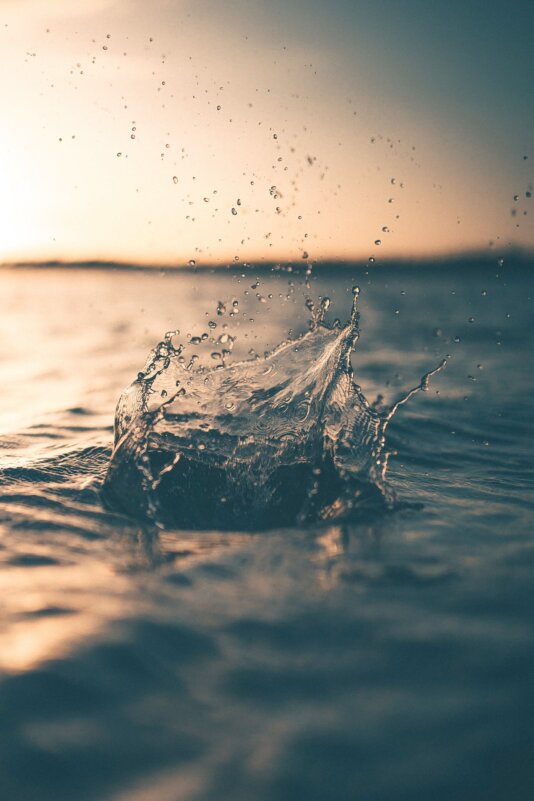- About
- Topics
- Picks
- Audio
- Story
- In-Depth
- Opinion
- News
- Donate
-
Signup for our newsletterOur Editors' Best Picks.Send
Read, Debate: Engage.
| March 19, 2022 | |
|---|---|
| topic: | Peace and Reconciliation |
| tags: | #water conflicts, #water security, #World Water Day, #Sustainable Agriculture, #sustainable consumption |
| located: | Iran, Afghanistan, Pakistan, India, Egypt, Ethiopia, Sudan |
| by: | Bob Koigi |
As global water supplies dwindle, occasioned by unprecedented population growth, poor governance, weak infrastructure, climate change and pollution, among other factors, nations and citizens are rising against each other in the fight for the scarce and necessary resource, inducing experts, including UN Secretary Generals, to posit that future wars will be fought over water rather than oil.
Transboundary water conflagrations have redefined foreign relations in the 20th century: from Iran, which has for years been engaged in protracted clashes with Afghanistan over the sharing of the Helmand River’s waters, to Pakistan’s conflict with India that dates back to the 1960s due to the waters of the Indus River - used as a weapon of war in the dispute over Kashmir -, as well as the clash between Egypt, Ethiopia and Sudan over the construction of the Grand Renaissance Dam that will store 10 million cubic metres of water, and the intermittent clashes between muslim Fulani herders and christian farmers in Nigeria over lack of rain and pasture.
Indeed, in 2017, water was attributed as a key factor in conflicts in over 45 countries.
There are an estimated 260 transboundary bodies of waters - lakes, rivers and aquifers that are shared by two or more nations - which supply water to over 2 billion people. They have been sources of livelihood, but have also had large roles in shaping inter-state and global geopolitics.
According to a water conflict chronology, a breakdown of the 925 water conflicts that go back 5,000 years, a large share of water wars are related to agriculture due to the fact that the sector accounts for 70 percent of freshwater use.
“The instability and conflicts associated with water have ripple effects that have shaped international relations and altered how we live. Key among them are migration and the emergence of water refugees,” said Fatma Abdalla, a water and environmental activist. “These developments are likely to become more pronounced going forward as the effects of climate change become more intense and supplies dwindle. It is a nightmare that governments and the international community haven’t given much thought to, but urgently should."
However, even with water’s destabilising potential, there have been concerted efforts to arrest the runaway situation. From 1948, over 200 international water agreements have been negotiated and signed, among them the UNECE Water Convention, which spells out the framework for transboundary water cooperation globally. Others include the Indus Waters Treaty of 1960 between Pakistan and India and the Global Water Convention on Transboundary Rivers and Lakes, chaperoned by the United Nations, which includes the commitments of 43 countries.
“Now more than ever, there needs to be cooperation and a shared framework among sectors that are heavily dependent on water, such as energy, sanitation, agriculture, navigation and industry in order to have a harmonised and sustainable approach to address the biting water shortage,” argues Jessica Rotich, a Water, Sanitation and Hygiene (WASH) expert. “Governments, private sectors and development agencies must therefore work together to streamline a workable formula.”
It is a statement corroborated by the Water, Peace and Security Partnership, WRI and the Pacific Institute who, through a report dubbed Ending Conflicts over Water: Solutions to Water and Security Challenges, highlighted a series of strategies that are crucial to taming water-based conflicts - among them political and legal implementations, policy and governance strategies, economic and financial tools and science and engineering approaches.
Technology has also been at the forefront of tackling water-related conflicts with great results. The Water, Peace and Security (WPS) partnership, a coalition of six European and American NGOs, has come up with Global Early Warning Tool, that bets on machine learning to predict conflicts before they arise by combining data on population density, droughts, flooding, crop failure, and rainfall among other data sources to highlight conflict warnings. The hotspots are displayed in a red-and-orange Mercator projection and are narrowed down to the administrative districts. The tool has identified 2,000 prospective conflict zones with an accuracy rate of 86 percent.
“As factors that drive instability and conflict become more pronounced and water now starts being used as a tool of war and terrorism, which may ultimately create failed states, there has to be a change in our way of doing things," Abdalla advocated. "We have to bring everyone onboard in conservation efforts, boosting investment in water initiatives, embracing innovations that deliver payoffs and supporting entrepreneurs who have dedicated themselves to saving our planet thanks to their innovative initiatives,”
Image by Gya Shahane
By copying the embed code below, you agree to adhere to our republishing guidelines.

